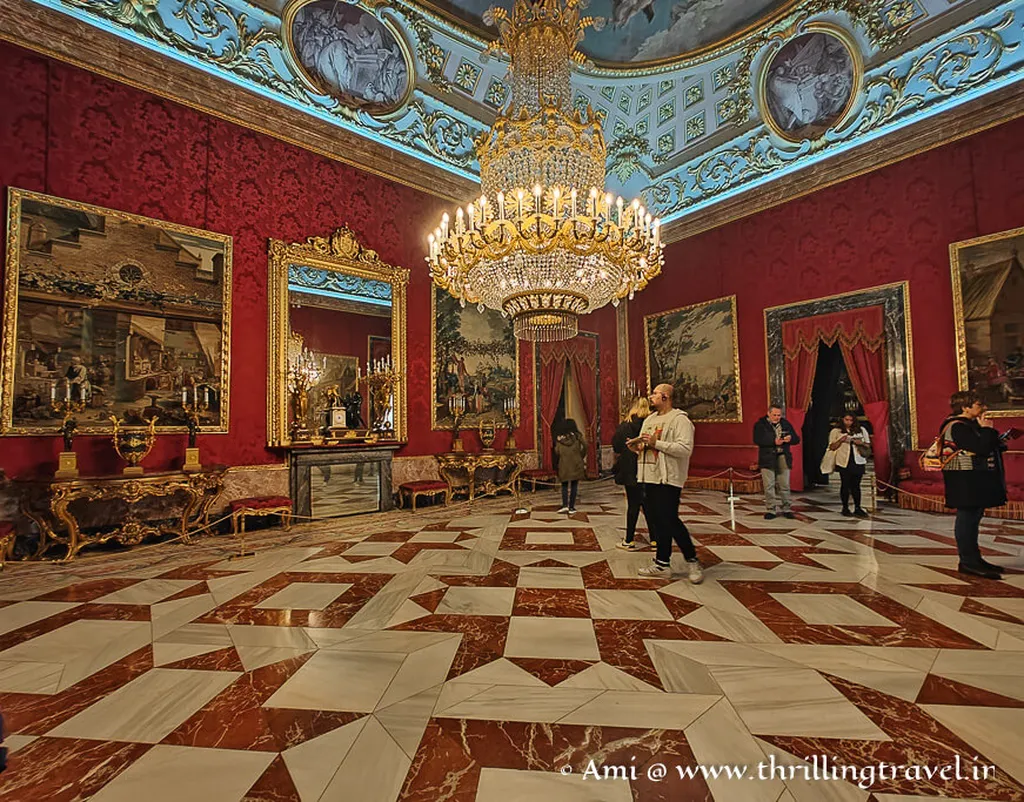In the heart of Madrid, beneath the layers of time and urban evolution, lies a forgotten architectural gem that has recently been brought to light by Ángel Martínez Díaz, a researcher whose work is set to redefine our understanding of a pivotal moment in Spanish architectural history. The subject of Díaz’s investigation is the salón de baile, or ballroom, constructed in 1767 within the Teatro de los Caños del Peral by the renowned architect Ventura Rodríguez. Published in the Spanish architecture journal ‘VLC Arquitectura’ (translated as ‘Valencia Architecture’), this research is not just about rediscovering a lost structure; it’s about recognizing a radical transformation that could influence contemporary architectural and commercial practices.
The Teatro de los Caños del Peral, once a bustling hub of cultural activity, was the stage for the bailes de máscaras, or masquerade balls, that were the talk of 18th-century Madrid. However, the ballroom itself had been largely overlooked, dismissed as a minor episode in the theater’s history. Díaz’s meticulous compilation and analysis of historical documents and drawings have revealed a different story. “The ballroom was not just an addition; it was a radical transformation,” Díaz explains. “Rodríguez’s design was intended to be permanent, using specific project mechanisms that set it apart from other contemporary structures.”
Through a process of graphic reconstitution, Díaz has reconstructed the ballroom’s original form, revealing a design that was far more ambitious than previously thought. The ballroom, now understood to be an anfiteatro, or amphitheater, was a sophisticated space that could accommodate up to 1,200 spectators. Its design, with a central stage and tiered seating, was a precursor to modern concert halls and theaters, making it a significant episode in Rodríguez’s career and a testament to his innovative spirit.
The commercial implications of this research are substantial. Understanding the design and function of historical spaces like the salón de baile can inform the development of modern venues, enhancing their acoustic properties, spatial arrangements, and overall spectator experience. Moreover, the rediscovery of Rodríguez’s design could inspire a renewed appreciation for historical architecture, potentially driving tourism and cultural investment in Madrid and beyond.
As Díaz notes, “This research is not just about the past; it’s about understanding how historical designs can influence our present and future.” The rediscovery of the salón de baile is a reminder that the past is not just a static record of what has been, but a dynamic source of inspiration for what could be. As the energy sector increasingly turns to sustainable and innovative design solutions, the lessons from this research could prove invaluable, shaping the future of architectural and commercial developments in profound ways.

